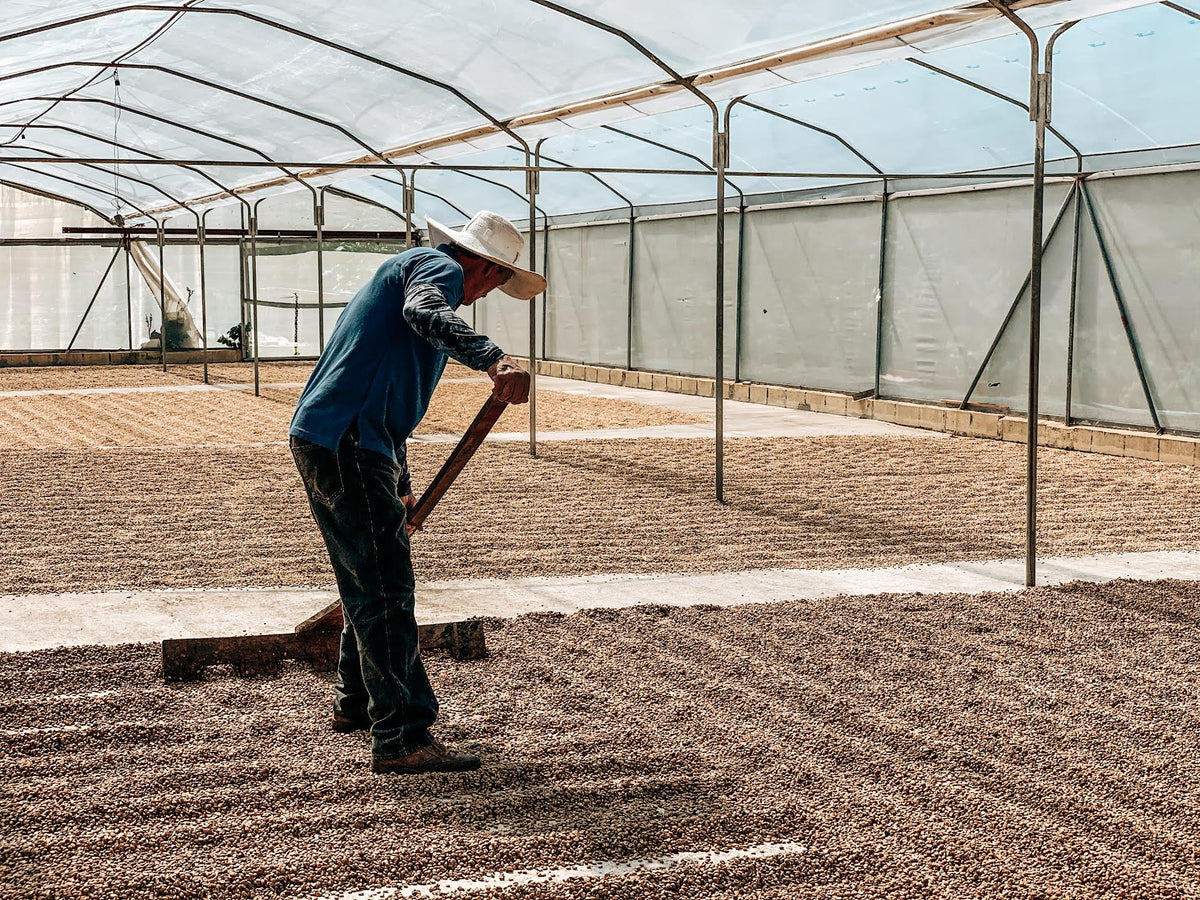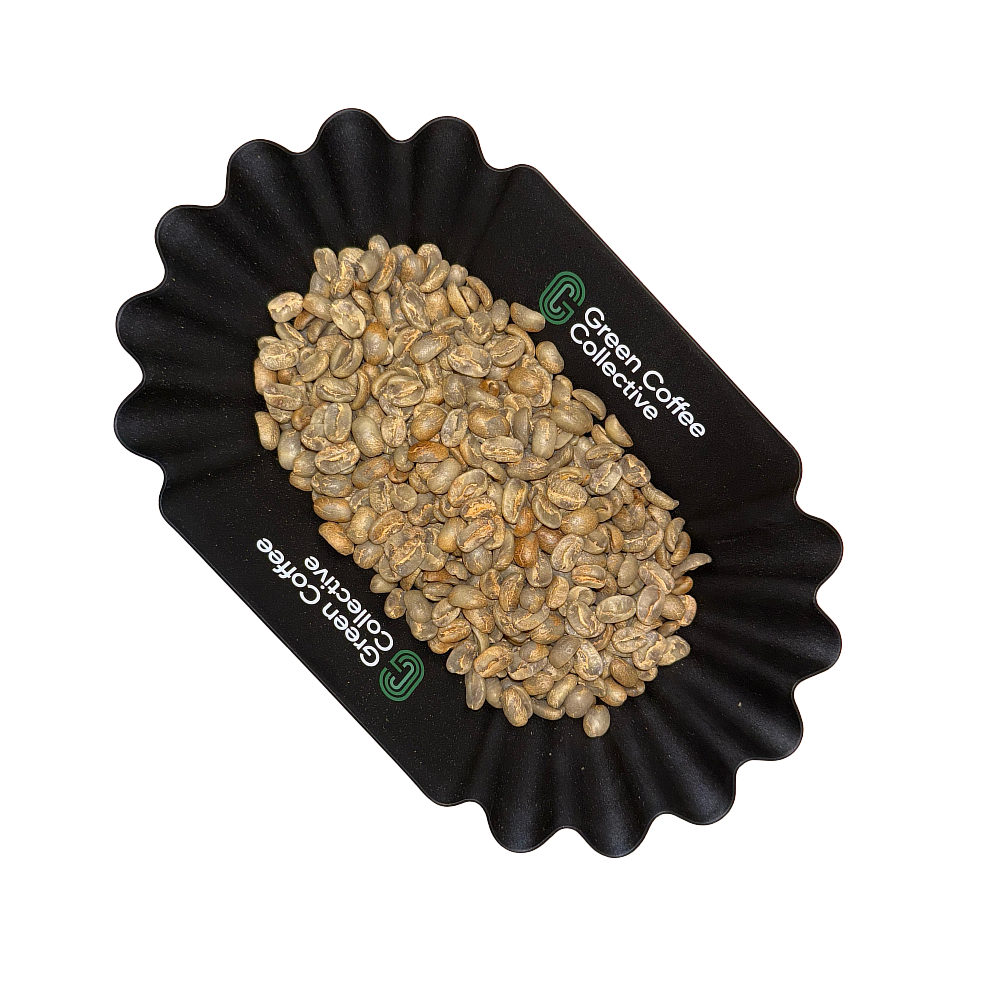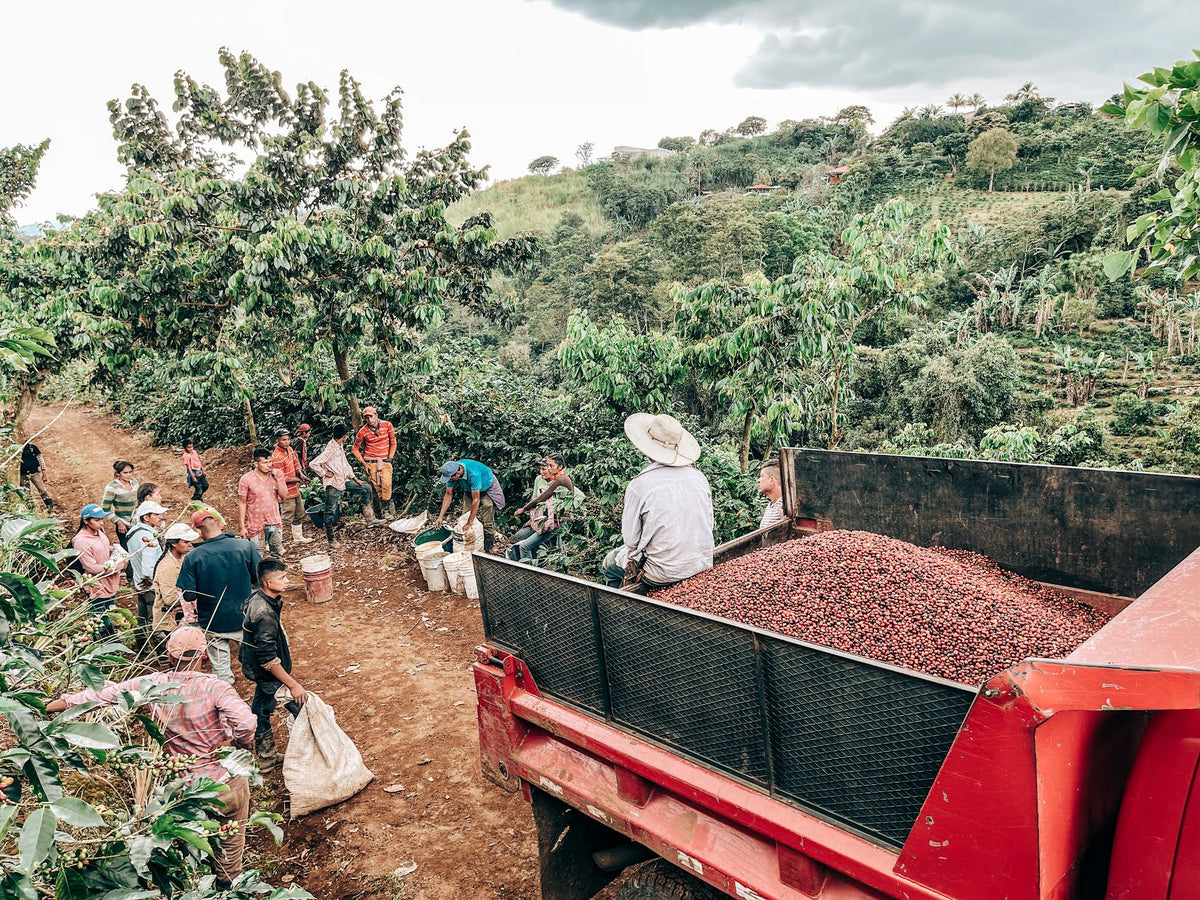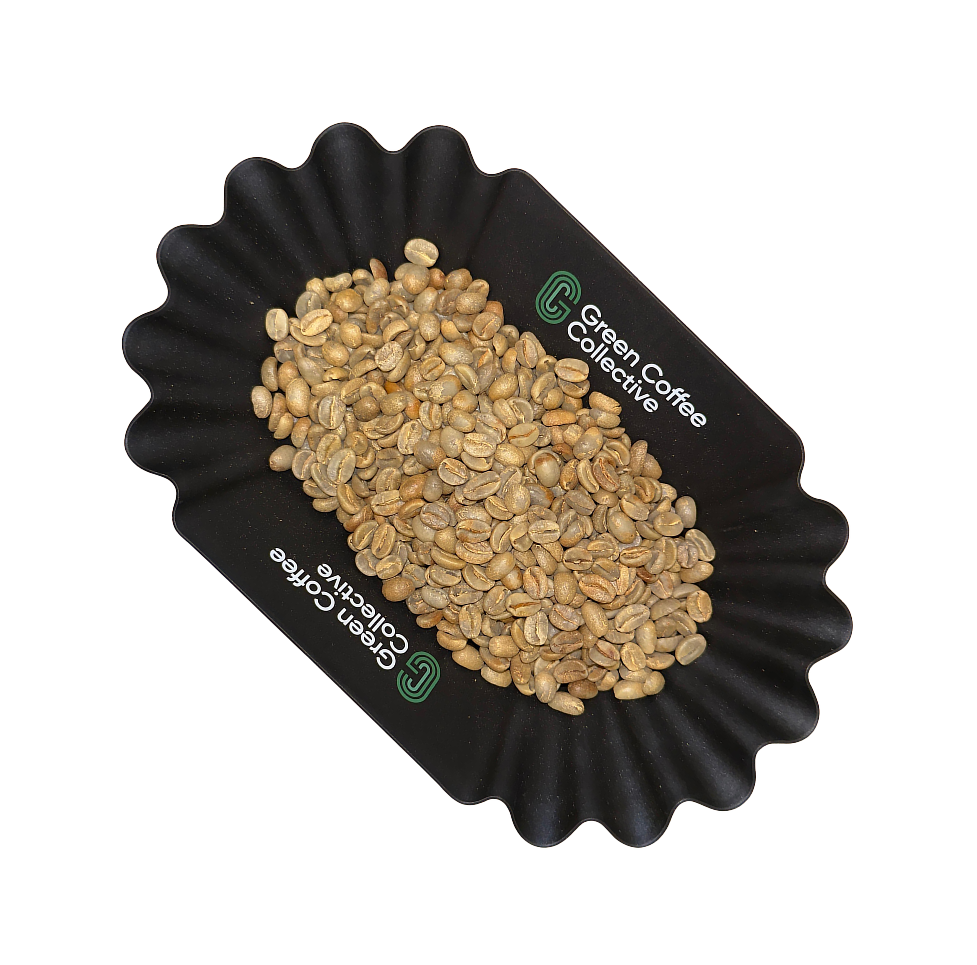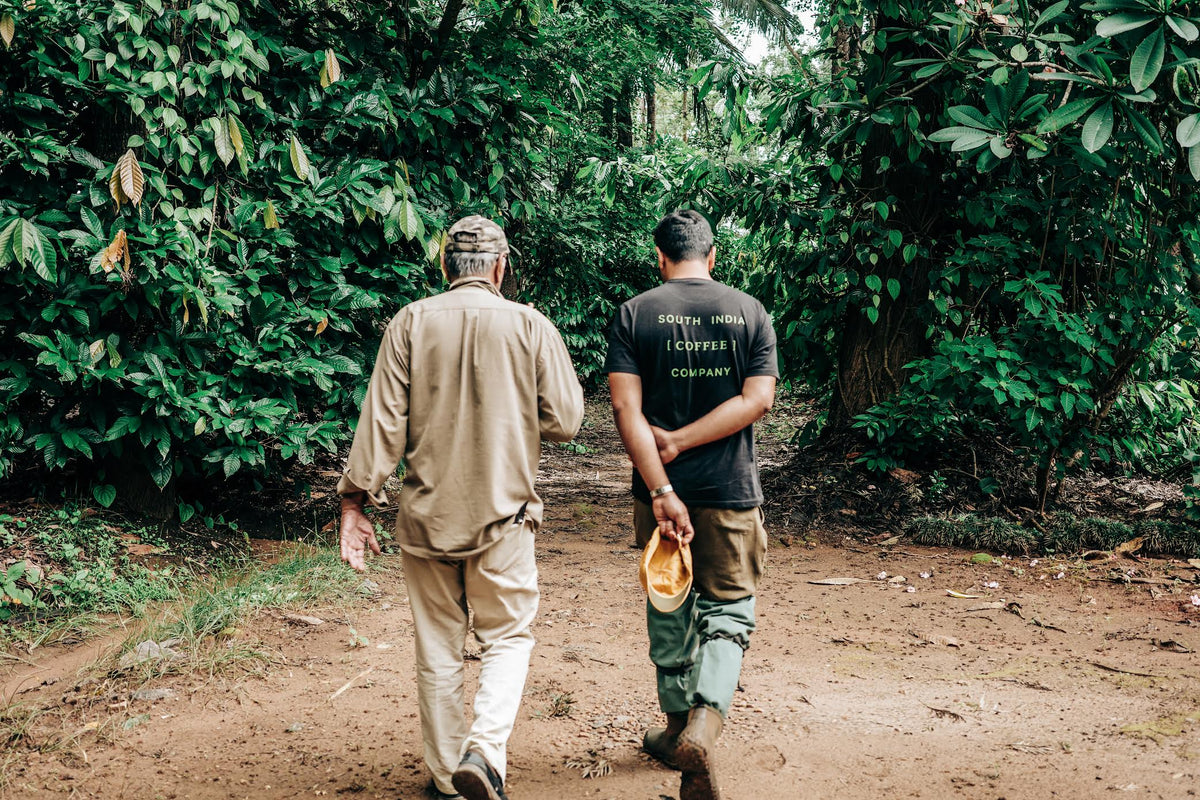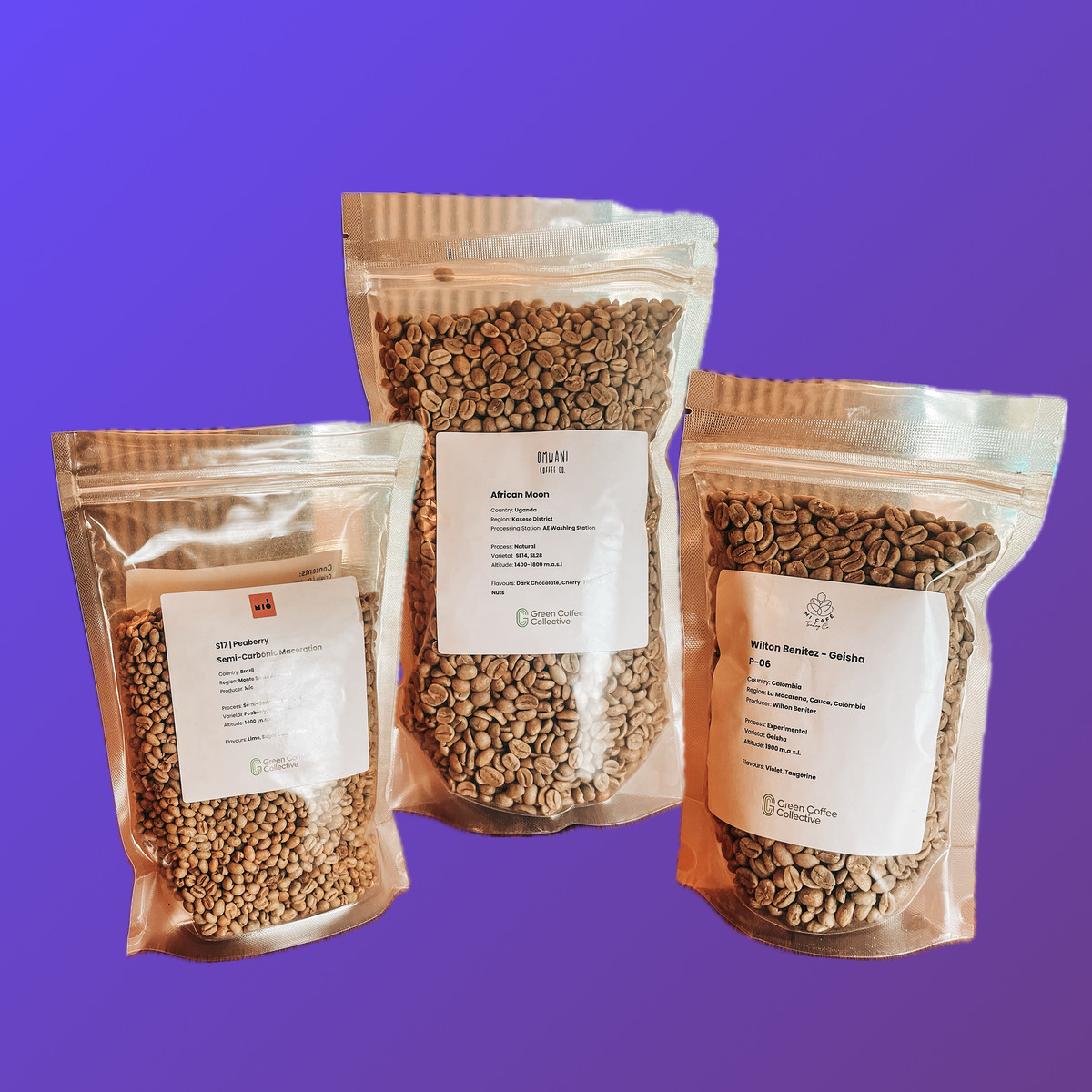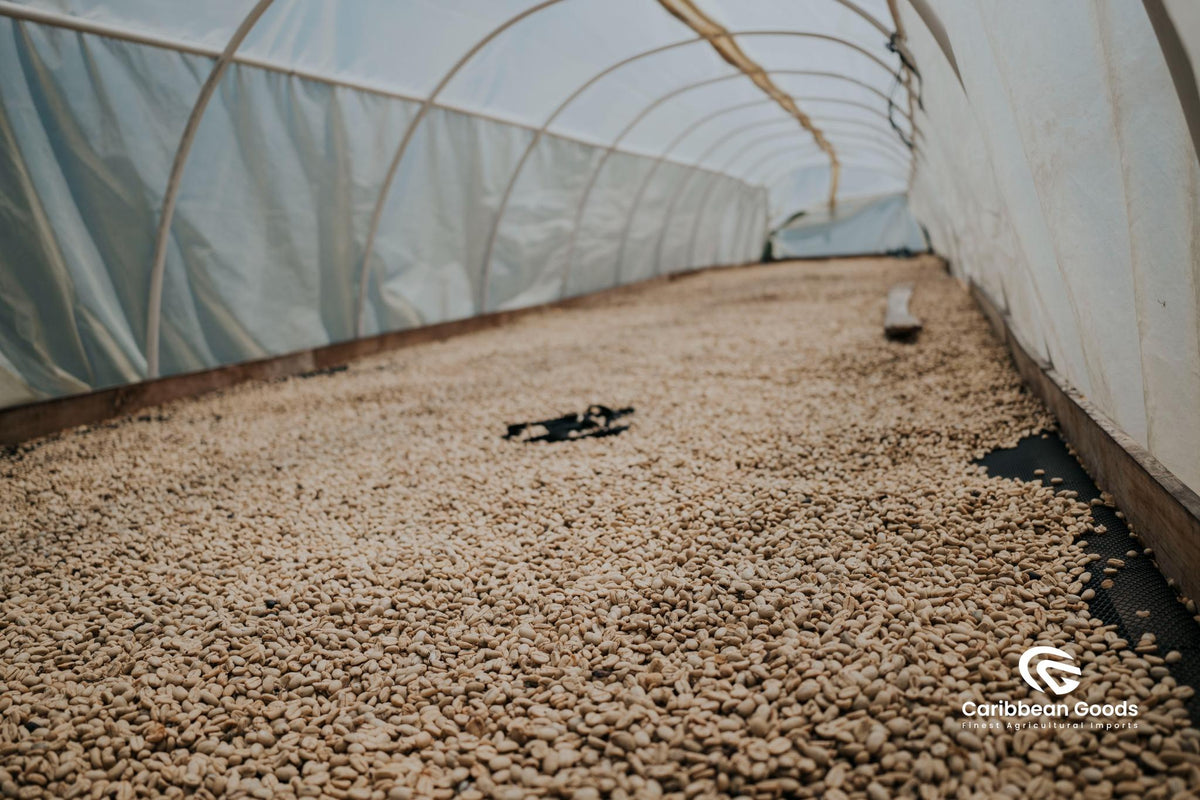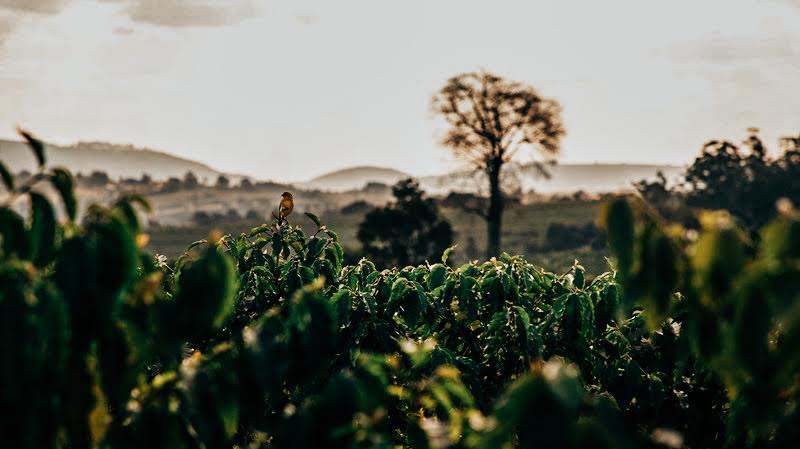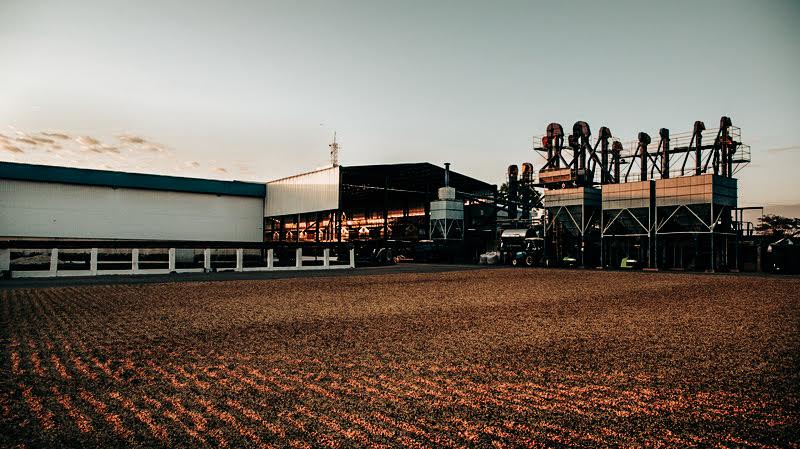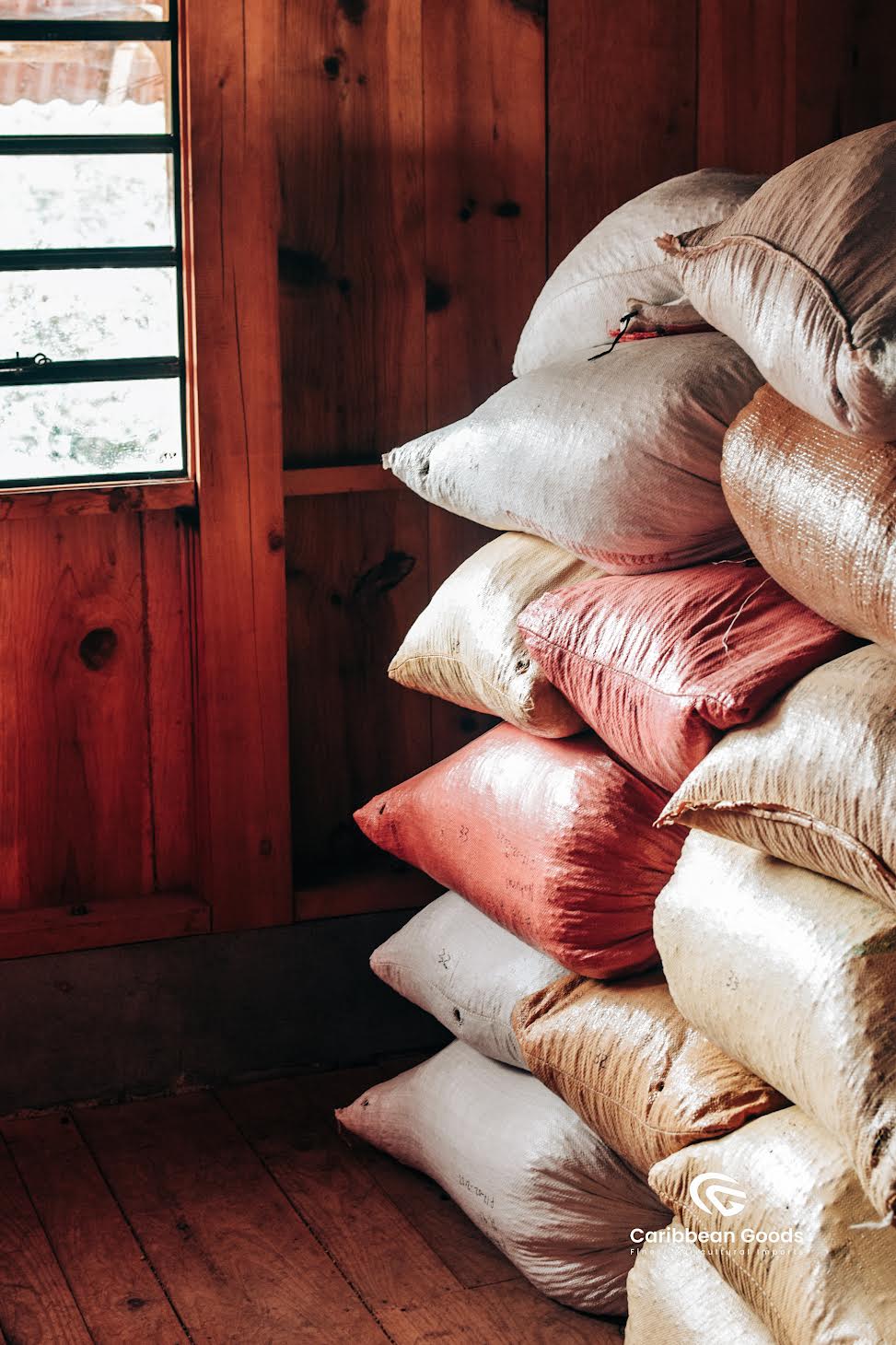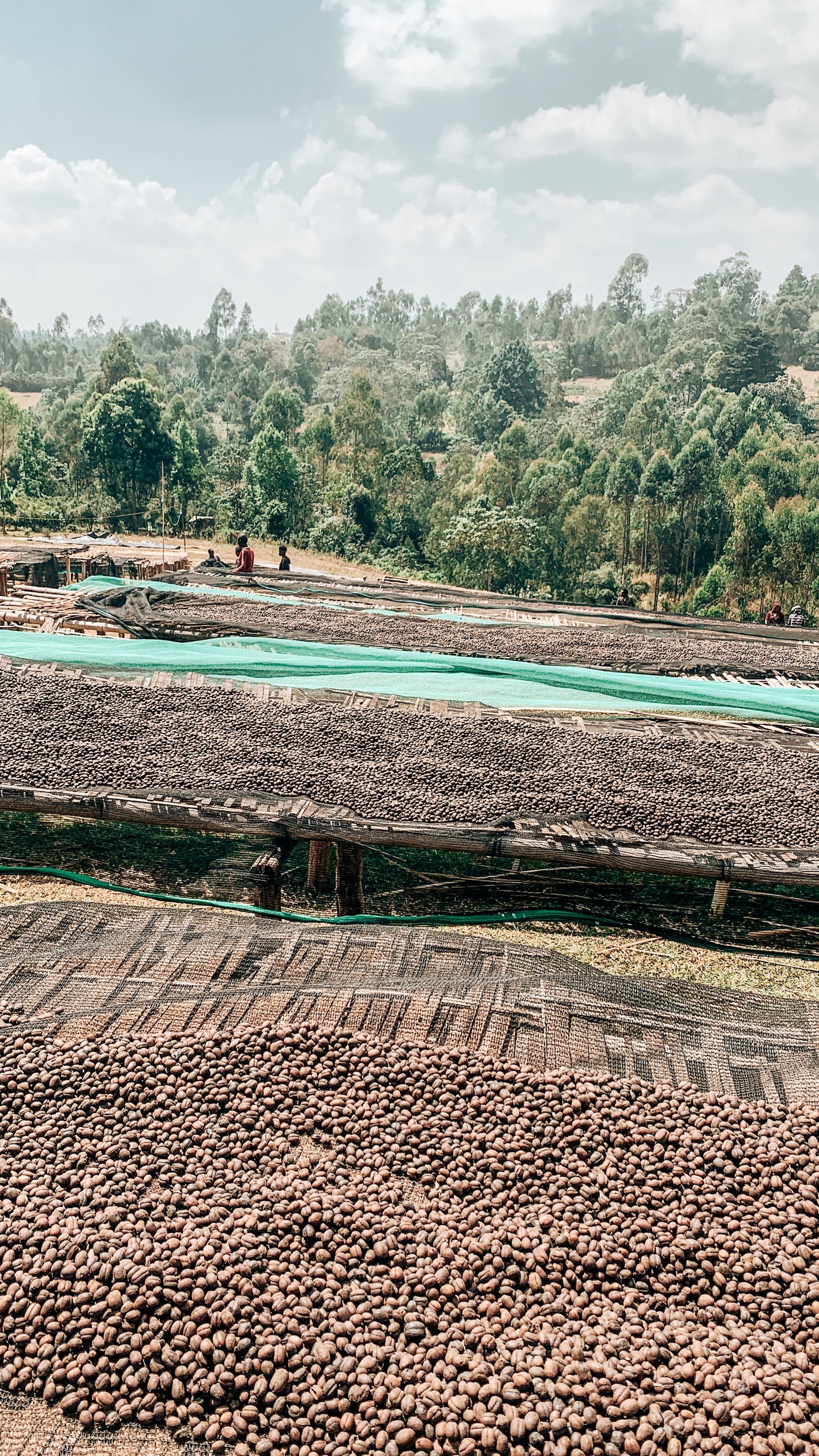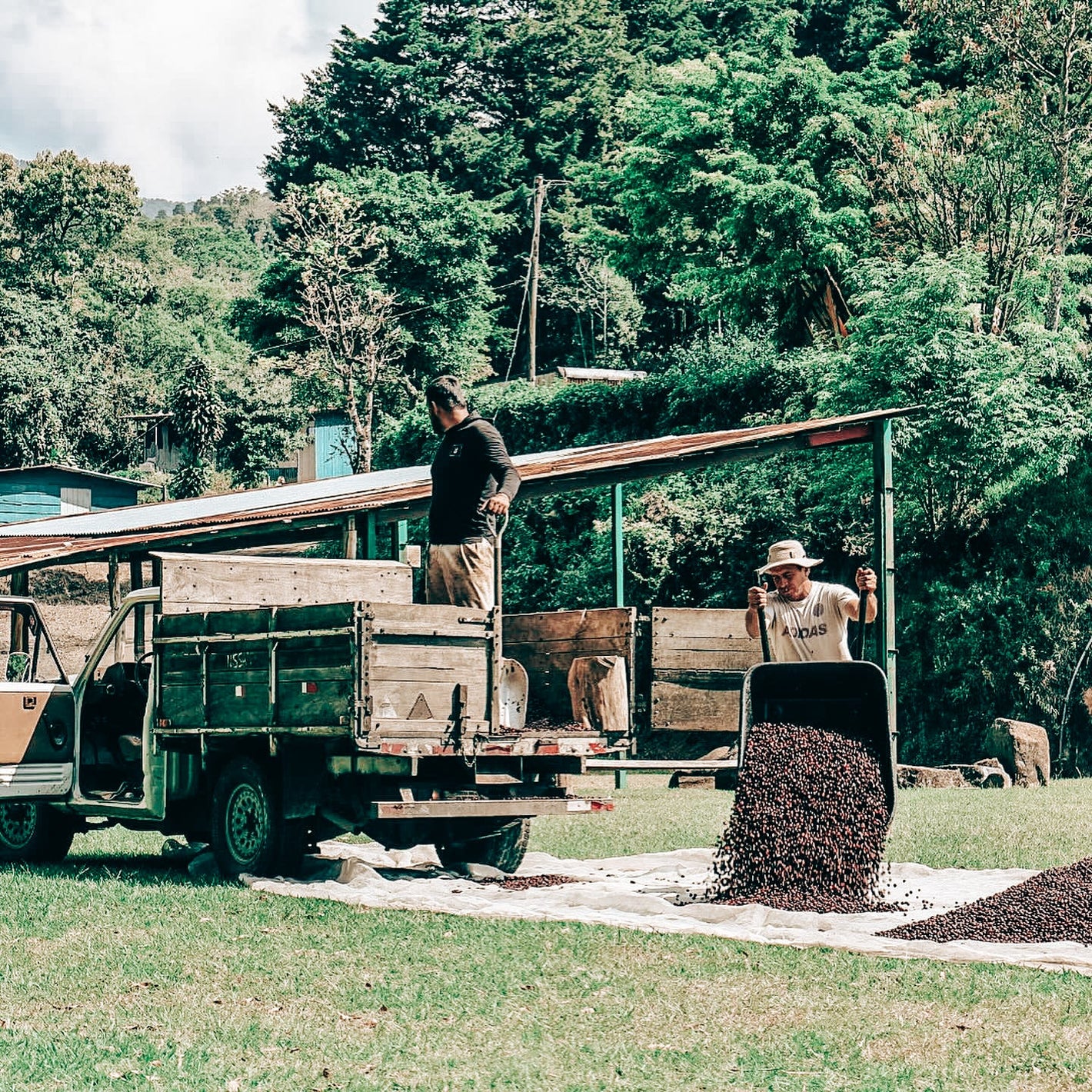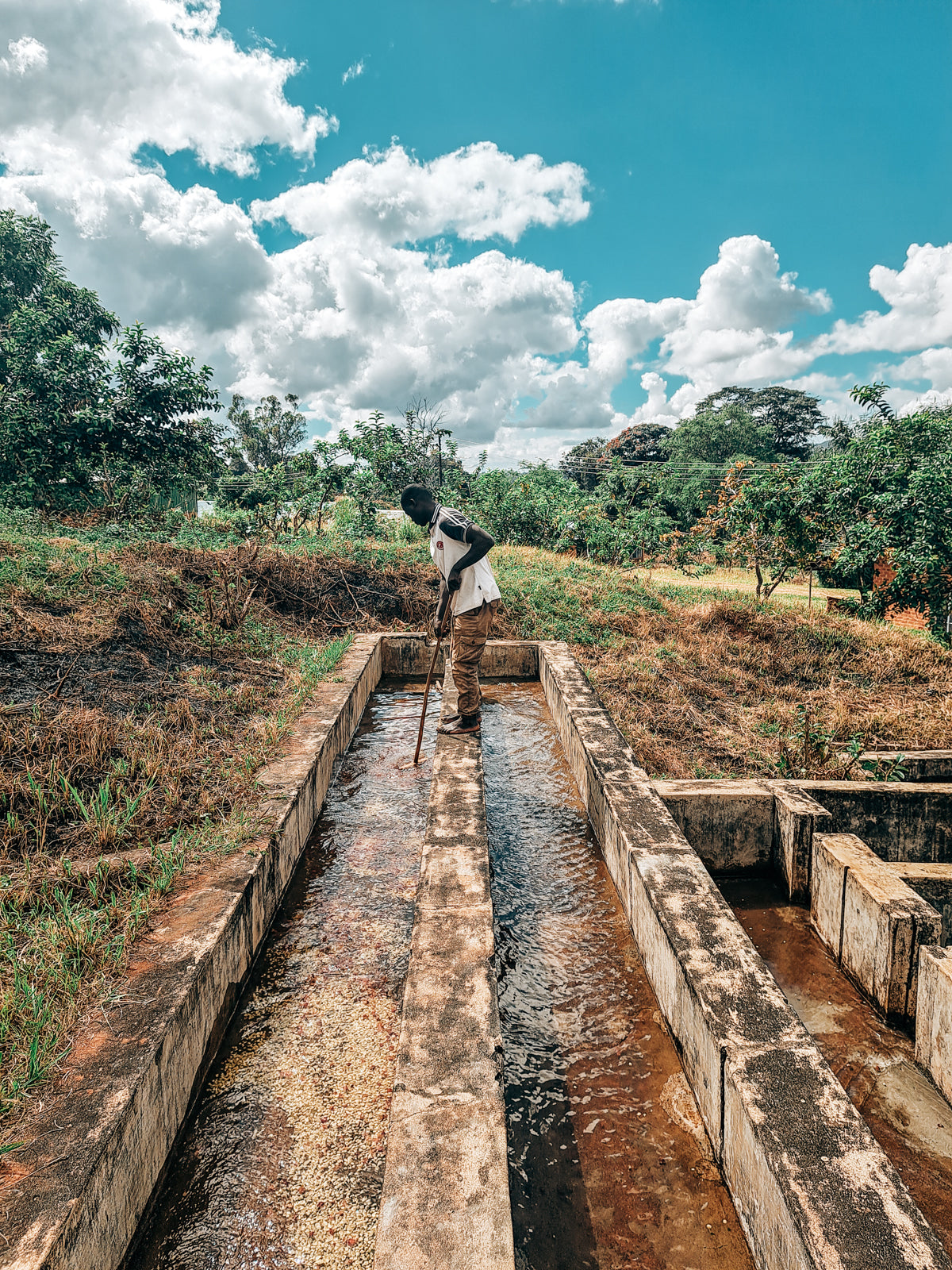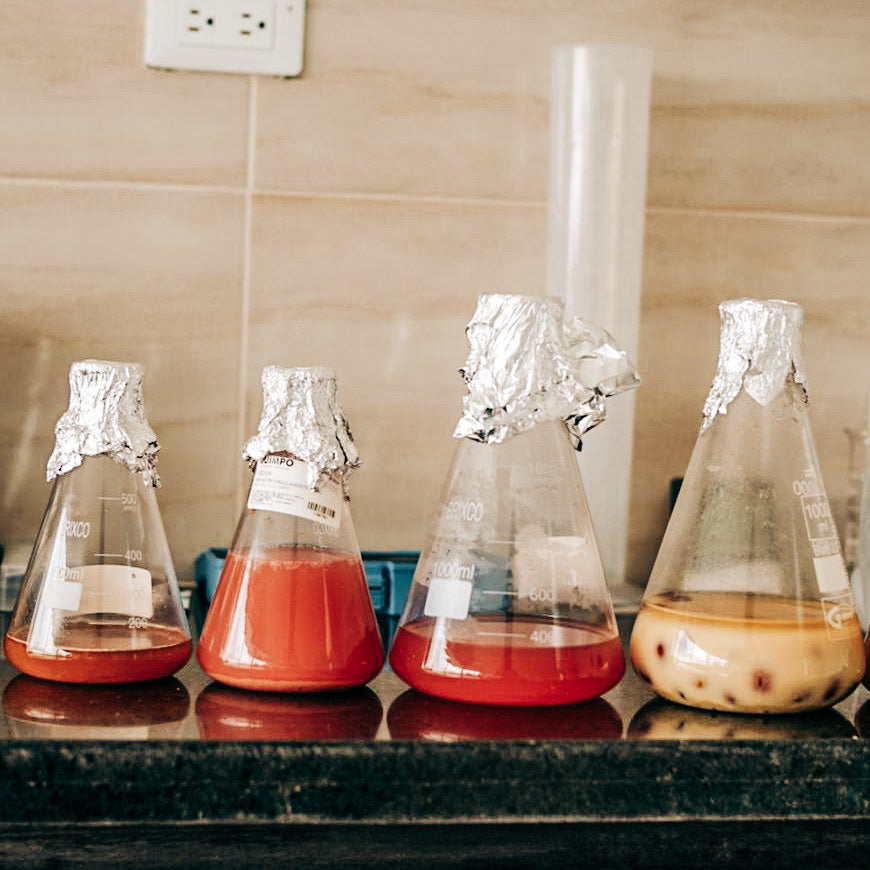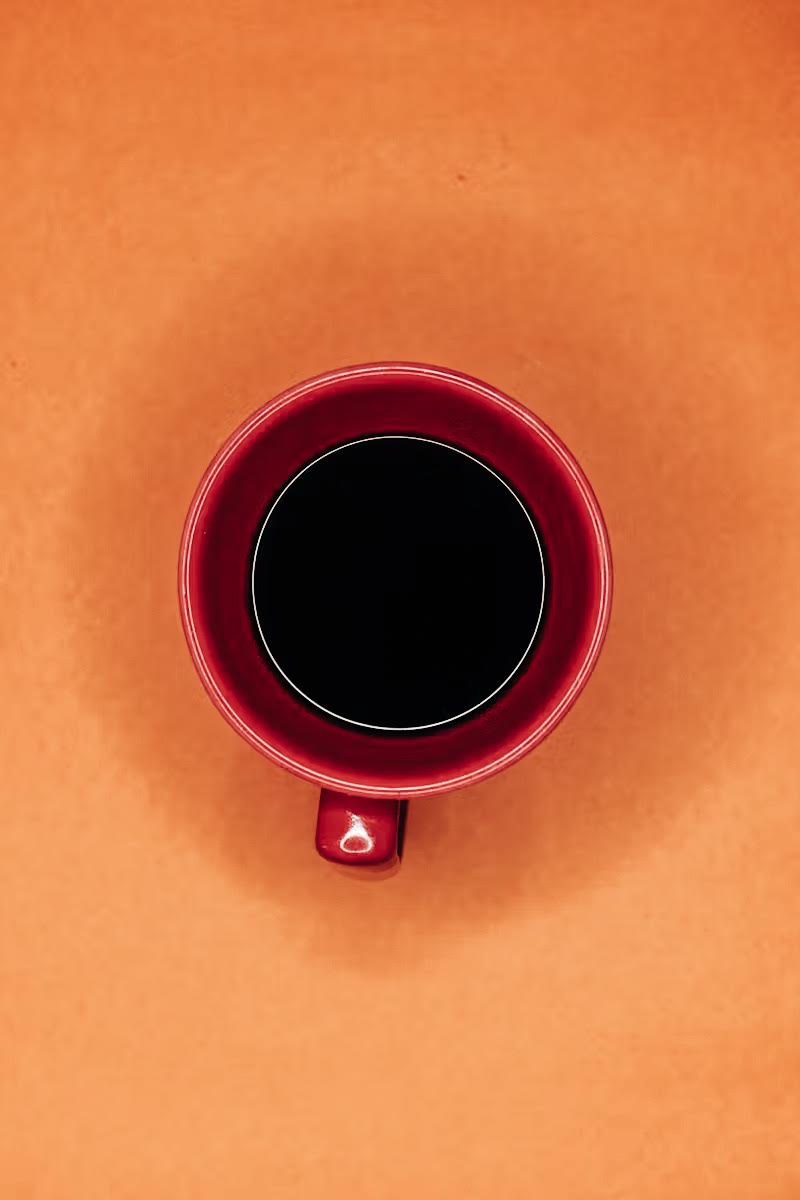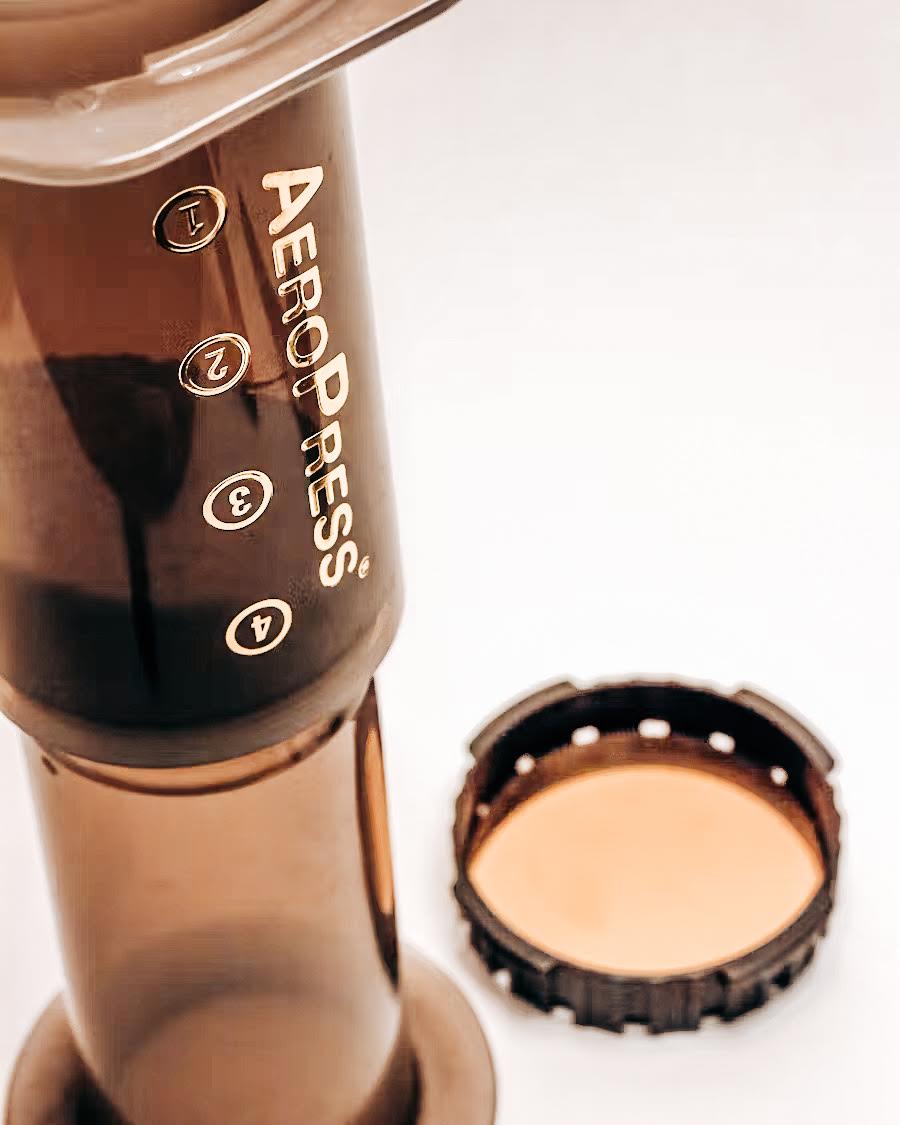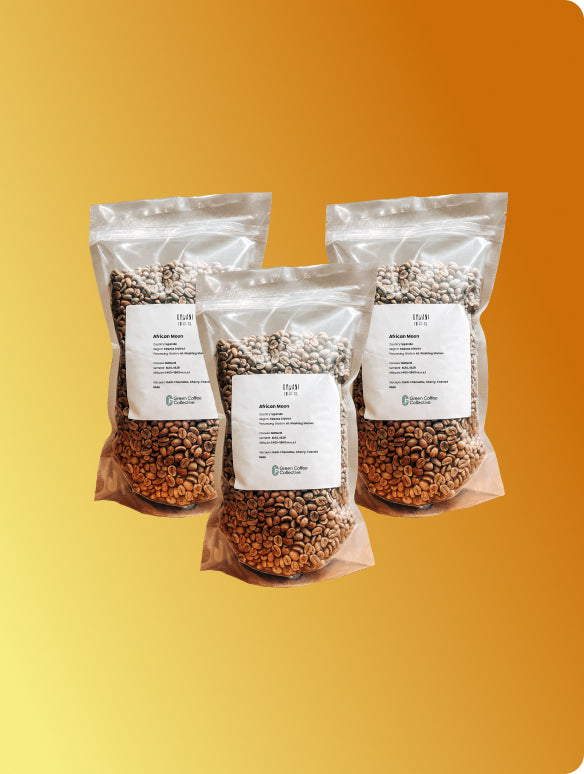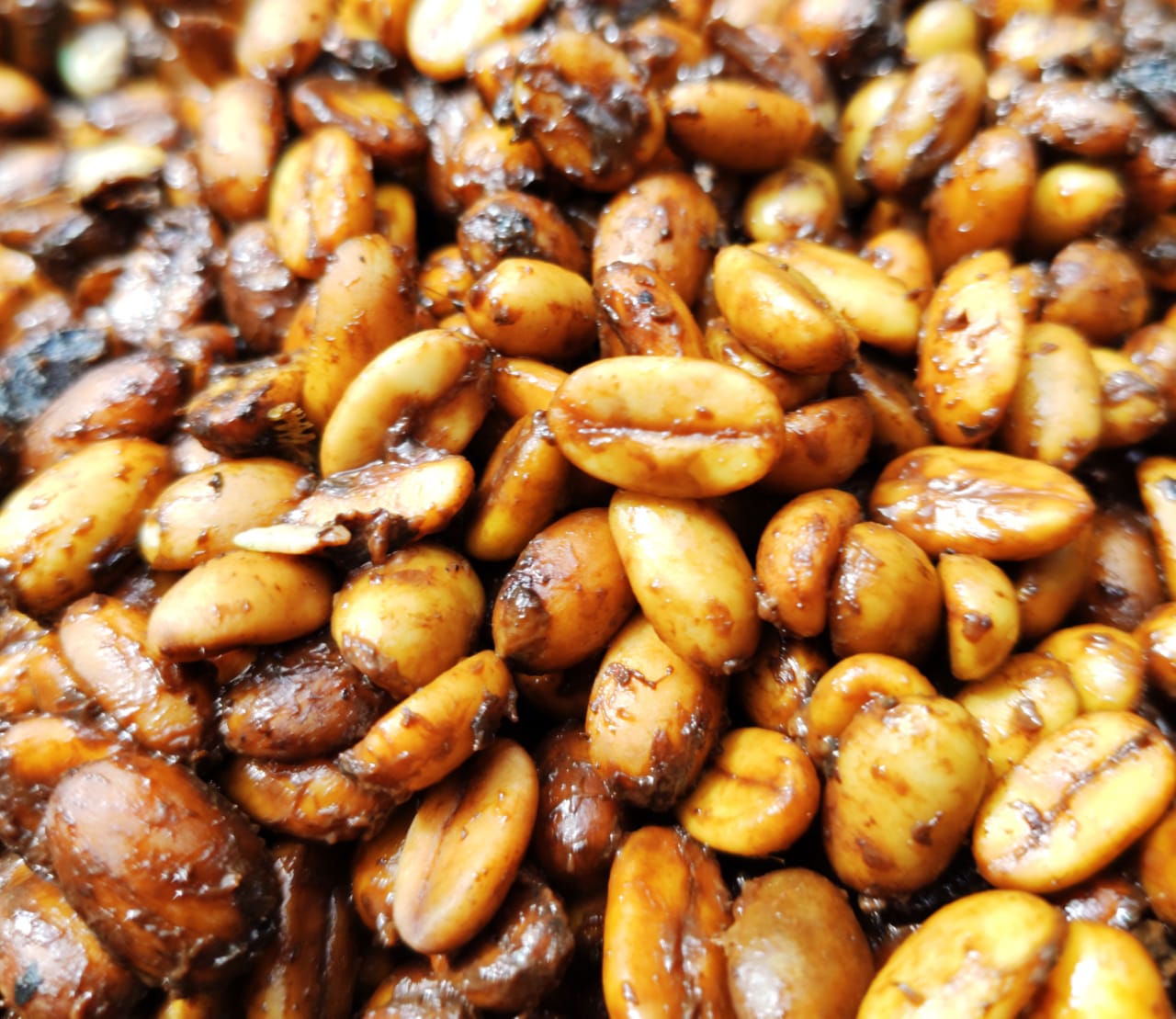
Honey Processed Green Coffee Beans
Honey processing creates a unique coffee flavour by leaving some of the fruit's mucilage on the beans as they dry. This method produces a rich, full-bodied cup with sweet, fruity notes and bright acidity. The process blends the best of both washed and natural methods, offering a distinctive and well-balanced flavour profile.
-
Hermanos Aguilera White Honey Pacamara
Cupping Score86.75Processing methodVarietalPacamaraMain flavour notesGreen Tea | Bergamot | HerbIn Stock+5kg left -
Hermanos Aguilera Yellow Honey Geisha
Cupping Score86.5Processing methodVarietalGeishaMain flavour notesJasmine | Lemongrass | FloralOut of Stock -
Crystal Valley
Cupping Score84.5Processing methodVarietalCatuaiMain flavour notesSweet | Citrus | Brown SpiceIn Stock+25kg left -
Explorer - Rolling Green Bean Subscription
Processing methodVarietalMultipleMain flavour notesVaries from each coffee -
Manoso Honey Peaberry
Cupping Score86.0Processing methodVarietalMundo Novo PeaberryMain flavour notesBrown Butter | Caramelised Nuts | Apple TurnoverIn Stock+45kg left -
San José Ocaña
Cupping Score85.75Processing methodVarietalBourbonMain flavour notesBlackberry | Plum | Vanilla | HoneyIn Stock+10kg left
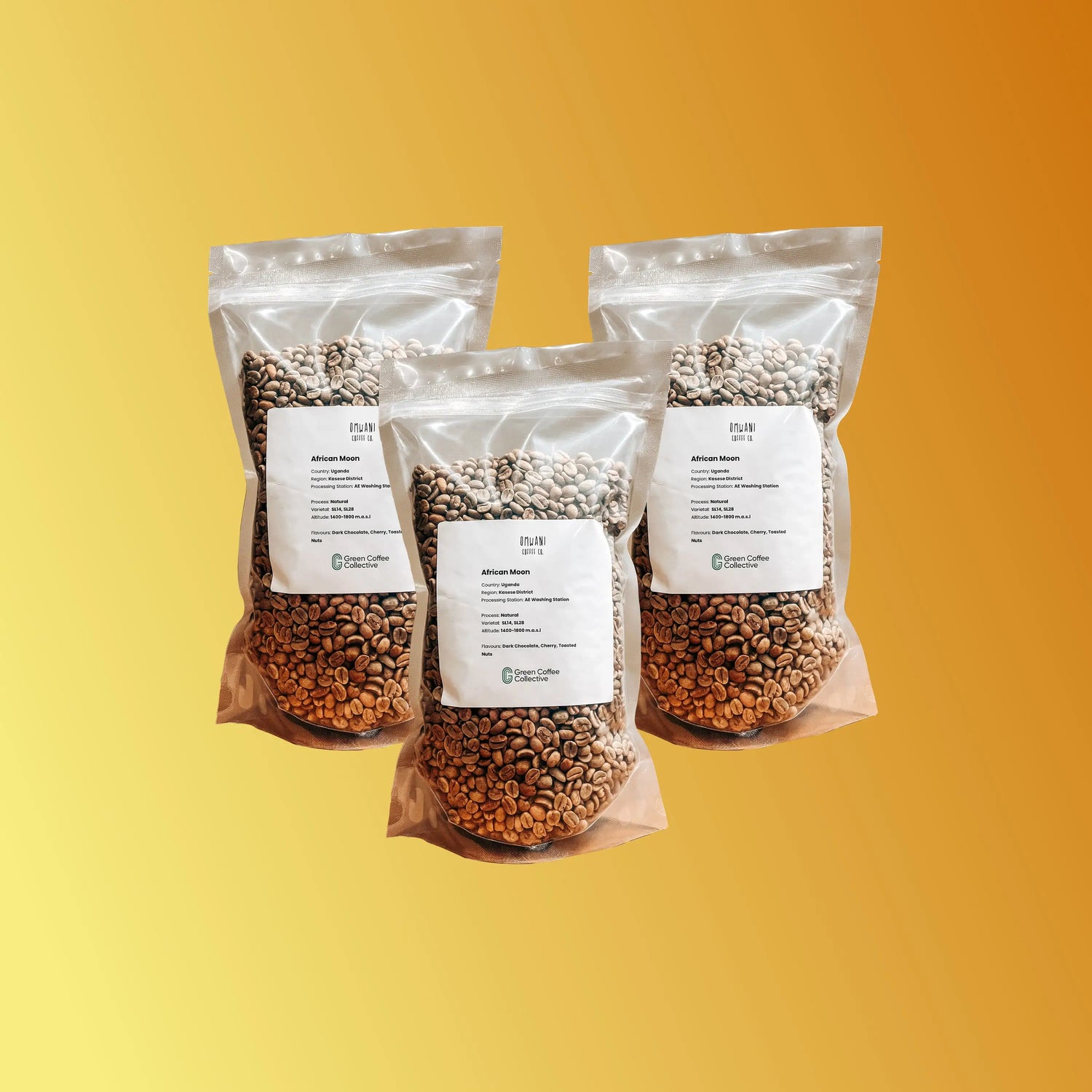
Your guide to Honey Processed Green Coffee Beans
-
What is honey processing?
-
What are the different types of honey processing?
-
How can honey processing benefit farmers?
-
Introduction to Honey Green Coffee Beans
-
What is Honey Processing?
-
The Journey of a Bean: Understanding Our Honey Coffee
-
Ideal Use Cases for Roasters
-
Regions & Origins That Excel with This Method
-
Why Choose Our Honey Green Coffee Beans?
-
Available Equipment to Support Your Roasting
-
Explore Our Honey Green Coffee Selection
